How Athletes Manifest Wins: The Science and Spirit of Visualization
Discover how athletes like Phelps, Serena, and Kobe use visualization to win—blending neuroscience with ancient Vedic wisdom.

🌌 The Universe Unveiled is your sanctuary for rewiring your subconscious mind and mastering manifestation through universal laws, neuroscience, and timeless wisdom. In today’s blog, we explore how the world’s top athletes—like Michael Phelps, Serena Williams, and Kobe Bryant—use mental imagery to shape reality. You’ll discover how visualization activates the same neural circuits as physical practice, why ancient Vedic principles like bhāvana and sankalpa mirror modern sports psychology, and how you can apply these same techniques to win in your own life.
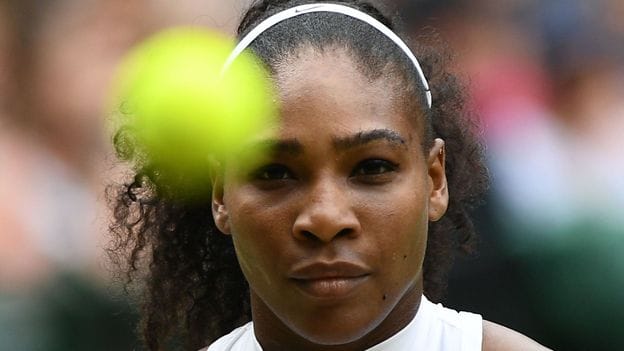
Introduction
What if the secret to winning wasn’t only on the field, track or court but also inside your head? An increasing number of elite athletes—from Olympic sprinters to Super Bowl champions—openly credit visualization and manifestation for their success. Visualization involves mentally rehearsing a desired outcome with such vivid detail that the brain activates as if the event were actually happening. Manifestation adds an element of belief: seeing and feeling the result so completely that it eventually becomes reality.
The idea isn’t new—ancient spiritual traditions taught bhavana (intentional imagination) and sankalpa (purposeful intention) as ways to “call up” the essence of an experience. What is new is the convergence of these concepts with cutting‑edge neuroscience showing that mental imagery can literally rewire the brain. This article explores how modern athletes use visualization, the science behind it, techniques you can use, and the spiritual parallels that make this practice both mystical and grounded.
Many of the patterns described here are explored more deeply in The Inner Pitch — a framework examining how identity, inner standards, and self-concept quietly shape performance before results appear.
Listen now to see how world-class athletes tap into the power of the mind to win—then learn how to do it yourself.
👇 Hit play and step into the athlete’s mindset of manifestation.
What if the secret to winning wasn’t just in your body—but in your mind? In this video, we reveal how elite athletes like Michael Phelps, Serena Williams, Kobe Bryant, and Conor McGregor use visualization and manifestation to dominate in their sport. From mental rehearsal to neuroplasticity, you’ll discover how science, spirituality, and Vedic wisdom align to create champions.
The Mental Playbook: Modern Athletes Who Visualize Their Wins
Track & Field: Noah Lyles, Zharnel Hughes and Grant Holloway
In August 2023 the official Olympics website reported that sprinter Noah Lyles posted an Instagram caption predicting his future 200 m race times. Later that season he ran the exact time he had envisioned—19.47 seconds—and credited his manifestation practice. British sprinter Zharnel Hughes similarly predicted he would break the national 200 m record; after he did, fans dubbed him the “manifestation king”.
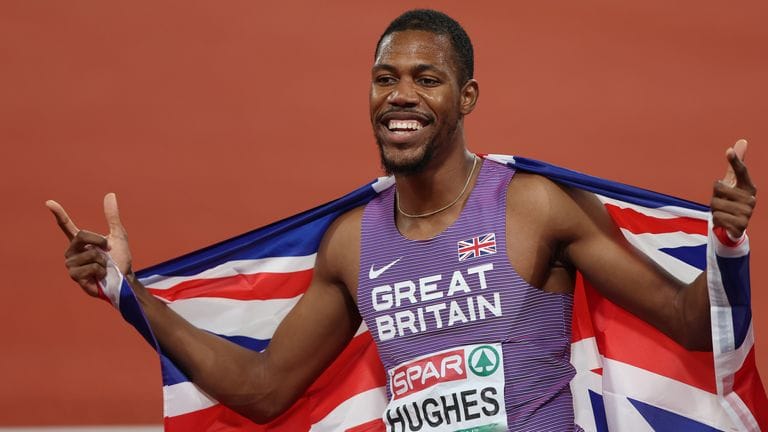
Two‑time 110 m hurdles world champion Grant Holloway explained why mental rehearsal is powerful: “If you’re able to visualise your race and see what you’re going to do before it even happens, when it starts to come into fruition, it’s second nature”.
Other track athletes use imagery to prepare for success too. Mogul skier Mikael Kingsbury pinned a childhood drawing reading “I will win the Olympics,” then visualized standing atop the podium every night. Japanese triathlete Ai Ueda said she visualizes the joy she will feel after success and keeps smiling through good and bad times.
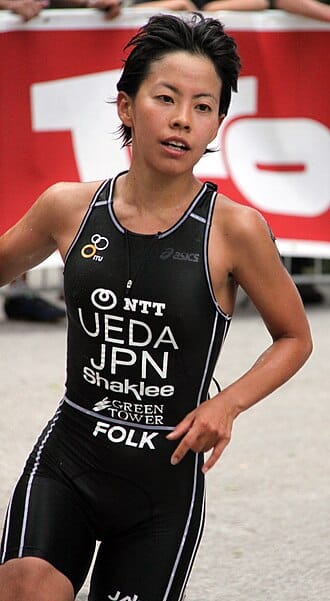
Michael Phelps: Swimming’s Visualization Maestro
The most decorated Olympian in history, Michael Phelps, was taught visualization as a teenager.

He said he mentally rehearses how he wants a race to go, how he doesn’t want it to go and even potential obstacles. When his goggles filled with water during the 2008 Olympics, he remained calm because he had already visualized that scenario; he swam blind for 175 m and still won gold and set a world record. Phelps’s practice shows the value of preparing for both success and adversity.
Serena Williams: Seeing Success Before It Happens
Tennis champion Serena Williams credits visualization and affirmations as key parts of her training. She told AARP Sisters magazine: “I am a strong believer in visualization” and explained that she imagines being in a fantasy world until it becomes reality. By picturing her swings, footwork and ultimate victory, Serena primes her mind and body to perform at their peak.
Kobe Bryant: Mental Rehearsals Under Pressure

Legendary basketball player Kobe Bryant was known for his relentless practice, but he also rehearsed mentally. He would go over his moves in his mind until he could “completely freeze the defender,” using meditation and visualization to stay calm under pressure. Bryant’s mental practice allowed him to play with poise in clutch situations, and his focus on internal stillness mirrored Eastern meditation practices.
Tom Brady: Sideline Visualization in Football
During Super Bowl LV reporters observed Tom Brady sitting alone on the sideline, eyes closed, mentally sequencing the plays he needed to execute. An article published shortly after the game noted that he visualized successful plays and outcomes, demonstrating his commitment to mental preparation insights. Even at age 43, Brady attributed part of his longevity to mental conditioning.
Hank Aaron and Jack Nicklaus: Baseball and Golf Legends
Visualization isn’t confined to modern athletes. Baseball icon Hank Aaron said he would imagine the pitches he was going to see before stepping into the batter’s box. Legendary golfer Jack Nicklaus never took a shot without first vividly picturing it. Sport psychologist Dr. Richard Suinn explained that visualization sends messages from the brain to muscles, improving physical performance.
These early adopters showed that mental imagery could give athletes an edge decades before the term “manifestation” became trendy.
Conor McGregor: Law of Attraction in Mixed Martial Arts
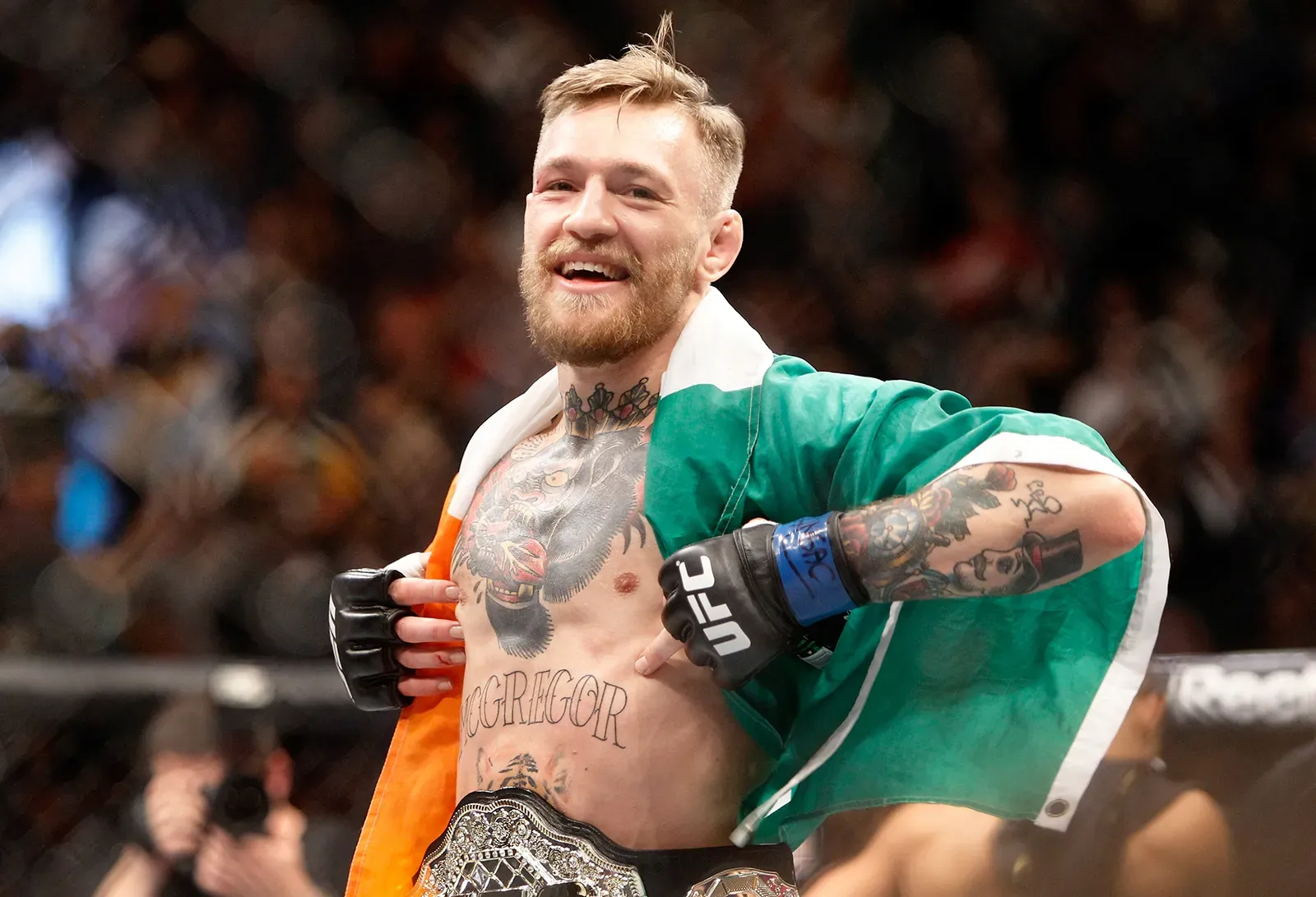
MMA fighter Conor McGregor openly credits the law of attraction for his success. He has described visualizing success long before he achieved it. While driving his girlfriend’s car years ago, he imagined himself owning a brand‑new car. After his 13‑second knockout of José Aldo in 2015, McGregor famously said, “If you see it here and you have the courage enough to speak it, it will happen”. His approach combines vivid imagery with confident declarations.
Jordan Burroughs: Wrestling With Pain and Purpose
Five‑time world champion wrestler Jordan Burroughs uses visualization to prepare for intense workouts and inevitable discomfort. He imagines the pain he will feel so that when it arrives, he is ready. This mental rehearsal allows him to push through physical limits while staying focused on the end goal.
Other Examples: Lindsey Vonn, Jack Nicklaus and More
In her memoir, Olympic skier Lindsey Vonn wrote, “I always visualize the ski run before I do it. By the time I get to the start gate, I’ve run the race 100 times already in my head”.
Studies show that mental imagery isn’t limited to one sport. A 2025 study of competitive martial arts athletes found that both static and dynamic imagery practices improved self‑efficacy and reduced stress. Golfer Jack Nicklaus’s vivid pre‑shot images, Hank Aaron’s imagined pitches and examples from baseball, golf and skiing prove that visualization transcends disciplines.
Neuroscience: Why Visualization Works
The Brain Doesn’t Know the Difference
Neuroscientists have discovered that the brain doesn’t easily distinguish between real events and vividly imagined ones. When you visualize an activity, the same neural circuits fire as if you were actually performing it. A Forbes article on the hidden power of visualization notes that mental rehearsal activates the brain in ways nearly identical to physical practice. This explains why athletes who vividly imagine competition can prime their nervous system for optimal performance.
Neuroplasticity: Rewiring Through Mental Practice
Visualization leverages neuroplasticity, the brain’s ability to reorganize itself. Dr. Sarah McKay explains that visualizing a muscle movement sends electrical signals to muscles and reinforces neural circuits in the same way physical practice does. One study by neuroscientist Dr. Guang Yue found that simply visualizing weightlifting increased muscle strength because the brain sent signals to the muscles, even without physical movement. Over time, mental practice can strengthen connections between neurons and improve motor skills.
Mirror Neurons: Learning by Watching (or Imagining)
Research on mirror neurons shows that observing someone perform an action activates the same neural pathways as actually performing it. A 2024 article on applied neuroscience explains that mirror neurons allow the brain to “mirror” another person’s movements, making visualization a form of self‑observation. When athletes imagine executing a movement, mirror neurons help the brain rehearse the pattern, improving motor learning and speeding recovery from injuries.
Managing Stress and Self‑Efficacy
Visualization also reduces stress and boosts confidence. The 2025 study of martial arts athletes found that mental imagery improved self‑efficacy—belief in one’s ability to succeed—and lowered stress levels This supports athletes like Jordan Burroughs, who visualize painful workouts in advance, and demonstrates that mental rehearsal can prepare athletes not just physically but psychologically.
The Breakthrough You Didn't Know You Needed:
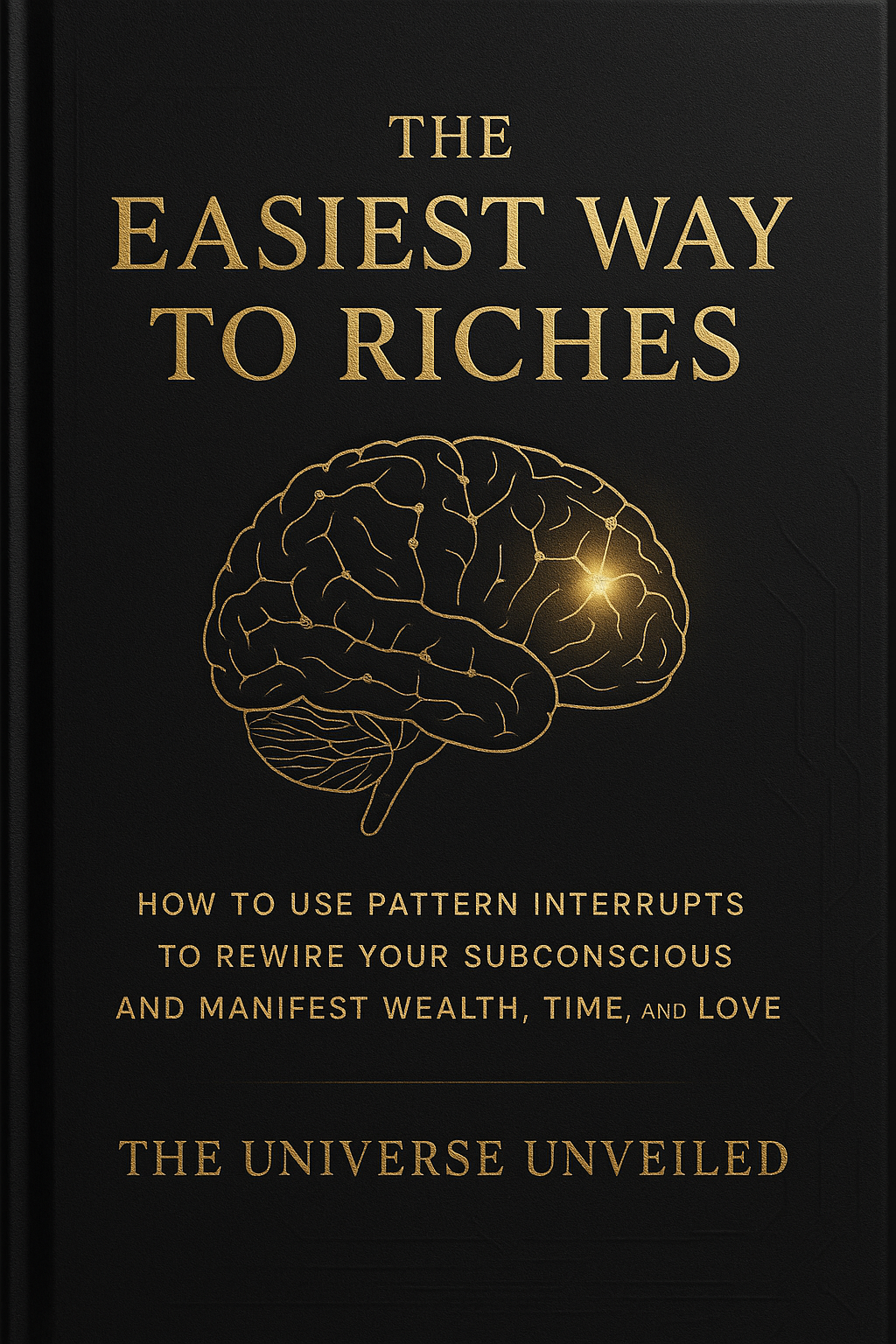
Interrupt the thought, Rewrite the story.
This book is not just about wealth. It’s about reclaiming your mind.
Discover how one simple shift in thought can reprogram your entire reality—money, time, love, and freedom included.
Techniques for Harnessing Visualization
Based on the practices of elite athletes and insights from psychology, here are techniques you can incorporate into your life:
Mental Imagery
Close your eyes and vividly imagine the scenario you want to achieve. Picture the sights, sounds and sensations. Michael Phelps visualizes races from multiple angles, including worst‑case scenarios, to build confidence. Serena Williams imagines being in a fantasy world where her desired outcome has already happened. This depth of detail recruits more neural circuits and leads to stronger performance.
Vision Boards and Written Intentions
Creating a vision board or writing down goals can reinforce mental images. Conor McGregor once wrote his desired car on a piece of paper and taped it to his bedroom ceiling. Many practitioners of manifestation write affirmations or mantras multiple times per day. This physical act helps anchor the desired outcome in your subconscious.
Guided Meditations and Breathwork
Guided meditations can help focus the mind and reduce wandering thoughts. Breathwork, including rhythmic breathing or pranayama, regulates the nervous system and creates a calm mental state. Combining breath with imagery may deepen the visualization experience.
Future‑Self Journaling
Write about your ideal day or future scenario as if it has already happened. Describe emotions, surroundings and actions in the present tense. This technique, often used in positive psychology, reinforces belief and clarifies goals.
Micro‑Visualizations
Not every visualization session needs to be long. Quick, 30‑second mental rehearsals before everyday tasks—like imagining a productive meeting or a smooth conversation—can sharpen focus and boost confidence. Over time these micro‑visualizations build a habit of intentional thought.
From Ancient Wisdom to Modern Practice: Spiritual Parallels
Kalpana, Sankalpa and Bhavana
Vedic traditions offer a philosophical framework for understanding visualization. In Sanskrit, kalpana refers to intentional mental creation and bhavana means “calling into existence” or bringing a concept into reality. Sankalpa is a prayerful resolution—a vow to bring about a desired outcome through deep intention. These terms describe the power of using imagination and intention to influence reality.
The Return Yoga blog explains that bhavana involves “calling up the is‑ness of a thing”—not just imagining but feeling the essence of what you want to manifest. Focusing attention on an object or word triggers physiological responses in the body; noticing a color or visualizing a mountain changes the nervous system. This mirrors modern neuroscience findings that imagination has physical effects.
Mantras and Inner Seeing
Yogic practices often use mantras (repeated sacred sounds) to focus the mind. Mantras serve as verbal cues that align the subconscious with the desired intention. By repeating a phrase while visualizing an outcome, practitioners combine auditory and visual neural pathways, strengthening the mental imprint.
Ancient meditation also emphasizes inner seeing—observing mental images without attachment. This practice trains attention and makes mental imagery more vivid. Athletes who can hold a clear picture of success while remaining calm embody this principle. Kobe Bryant’s meditative rehearsals, Serena Williams’s affirmations and Jordan Burroughs’s calm acceptance of pain all echo inner seeing.
Scientific Validation of Spiritual Techniques
Modern research validates elements of these ancient practices. Dr. Sarah McKay notes that simply shifting attention—even to something as subtle as the hairs on your neck—produces measurable physiological changes. The fact that focusing the mind triggers a physical response lends scientific credibility to spiritual techniques like bhavana and sankalpa.
The Subconscious Mind: Between Desire and Action
Visualization is not about magical thinking but about training the subconscious mind to align with conscious goals. When repeated images and feelings are implanted deeply, the subconscious begins to orient behaviors and decisions in favor of those outcomes. This doesn’t negate the need for hard work; rather it amplifies the results. Michael Phelps still swam thousands of laps, and Serena Williams still trained relentlessly. Their mental rehearsal complemented physical practice by focusing their subconscious on success.
From a psychological perspective, visualization also increases self‑efficacy—belief in one’s capacity to achieve goals. Confidence reduces hesitancy and fosters risk‑taking, which is crucial in high‑pressure sports. The 2025 study showing that imagery improves self‑efficacy among martial artists underscores this link.
Critiques and Cautions
It’s important to recognize the limits of manifestation. Visualization doesn’t guarantee victory if there is no practice, talent or strategy. Overemphasis on outcome can also lead to disappointment if results differ from expectations. Moreover, psychological conditions like anxiety or obsessive thinking may worsen if visualization becomes obsessive. Balanced mental training includes letting go of attachment to results and embracing process goals.
There is also a risk of confirmation bias—believing that manifestation works because of selective memory. People may forget instances when they visualized something that didn’t happen. This doesn’t invalidate visualization, but it does call for self‑awareness.
Bringing Visualization Into Your Life
Whether you’re an athlete, artist or entrepreneur, you can apply the same principles. Start by identifying a clear goal. Use mental imagery to rehearse the steps and the outcome. Add sensory details and emotions. Write down your intention or create a vision board. Practice consistently, but detach from specific results. Combine visualization with real‑world action, reflection and adjustment.
Incorporate breathwork, journaling or mantras to deepen your practice. Consider the spiritual dimension: what deeper qualities are you trying to call into existence? It might be confidence, joy or resilience. Let the practice connect you to those qualities even before external success appears.
Conclusion: When Science Meets Spirit
Elite athletes across generations—from Noah Lyles to Michael Phelps, Serena Williams, Kobe Bryant and Conor McGregor—prove that visualization and manifestation are more than motivational slogans. These practices harness neuroscience, psychology and age‑old spiritual wisdom to shape reality. Research shows that mental imagery can activate the same neural pathways as physical practice, improve self‑efficacy and reduce stress. Spiritual traditions like bhavana and sankalpa teach that our thoughts have creative power.
Success stories aside, visualization invites us to explore the boundary between mind and matter. It reminds us that our inner world—our thoughts, feelings and intentions—profoundly influences our actions and our external achievements. In that intersection of science and spirit lies the magic of manifestation.
Athlete Visualization & Manifestation: FAQ
Do elite athletes really use visualization and manifestation?
Yes—think Michael Phelps, Serena Williams, Kobe Bryant, Tom Brady, and Conor McGregor. They mentally rehearse outcomes and even obstacles so that competition feels familiar, calm, and executable on command.
What does neuroscience say about visualization?
Vivid imagery lights up many of the same neural circuits as physical reps, strengthening motor patterns through neuroplasticity. It also boosts self-efficacy and can reduce stress before high-pressure moments.
How do bhāvana and sankalpa connect to sports psychology?
Bhāvana (intentional imagination) and sankalpa (purposeful resolve) train you to feel the goal as real now. That mirrors performance psychology: align attention + emotion to shape decisions and action.
Quick techniques I can use today?
1–5 minute daily visualizations with sensory detail, micro-visualizations before key tasks, future-self journaling in present tense, breathwork to settle the nervous system, and a simple written intention you see often.
Should I also visualize setbacks?
Yes. Rehearse the ideal and likely obstacles, then see yourself staying calm and executing anyway—just like Phelps visualized swimming blind. This builds psychological safety and reduces surprises.
How often and how long should I visualize?
Consistency wins. Aim for brief daily sessions plus 20–30 second run-throughs before moments that matter. Add a few deeper 5–10 minute sessions weekly for complex skills.
Does visualization replace hard work or coaching?
No—mental rehearsal amplifies physical training, strategy, and recovery. It sharpens focus and decision-making so the work you do lands more precisely.
What mistakes should I avoid?
Vague images, over-focusing on outcomes without process reps, and obsessing to the point of anxiety. Keep it embodied, specific, brief—and always paired with action.




